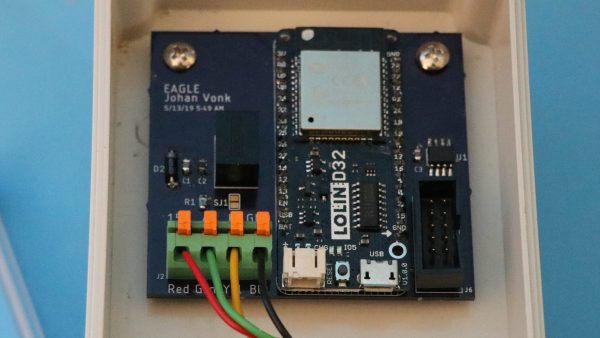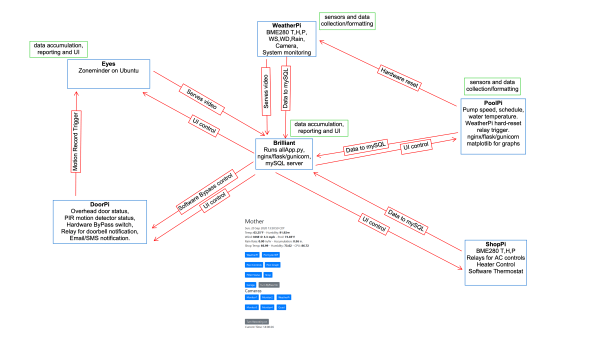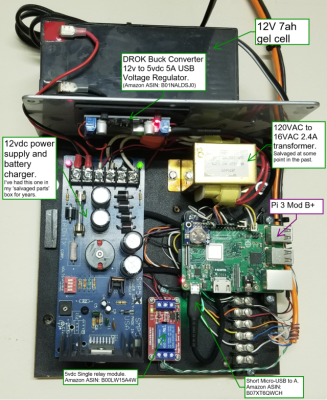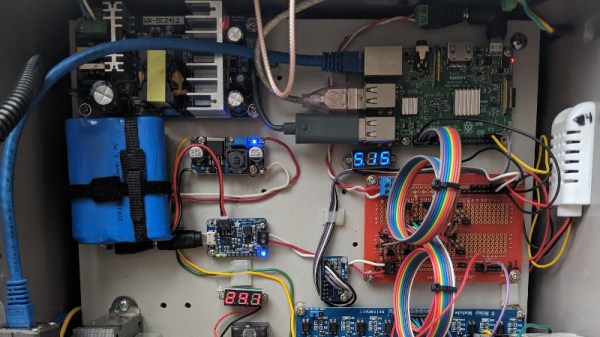Having a pool is great, but it also requires significant monitoring and maintenance to keep it crystal clear and clean. The OPNpool controller from [Coert Vonk] aims to help in this task, integrating neatly into the smart home ecosystem of today.
OPNpool runs on an ESP32, and is capable of monitoring pool controllers, pumps, and chlorinators, as well as working with thermostats and other hardware to control the state of the pool. This allows the system to do useful things like run high-powered pumps when electricity is cheapest, or to find the best timing to run heating circuits. The controller relies on MQTT messaging and can integrate with Home Assistant for those that prefer to run their own cloud-independent smart home systems.
With WiFi onboard the ESP32, there’s no need for a hardwired LAN connection, and the system can be administered remotely over the web. It’s also capable of talking with other hardware over RS-485 and bringing it under its own control. With OPNpool installed, monitoring pool conditions can be done from the leisure of one’s deck chair with a smartphone, rather than squinting and dark LCDs in equipment cabinets.
It’s a useful tool that could be just the ticket for the savvy, IoT-aware pool owner. We’ve seen other DIY pool controllers before, too. With summer just around the corner, it’s the perfect time to get hacking!














